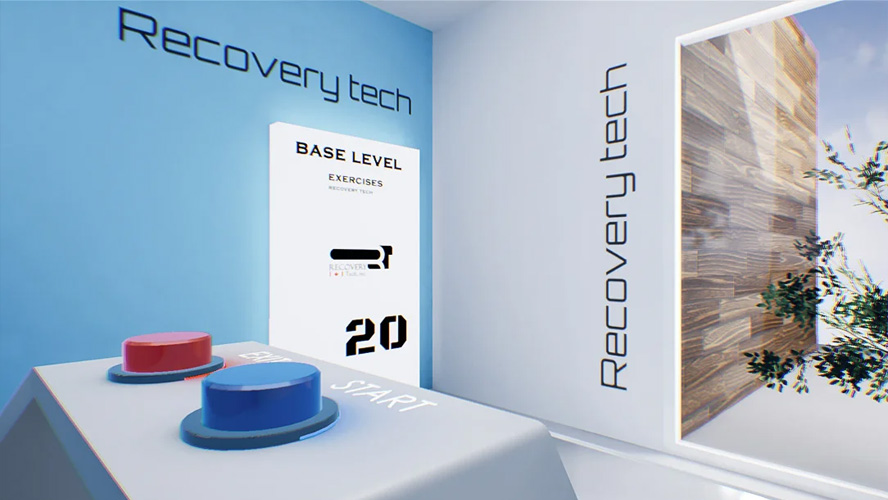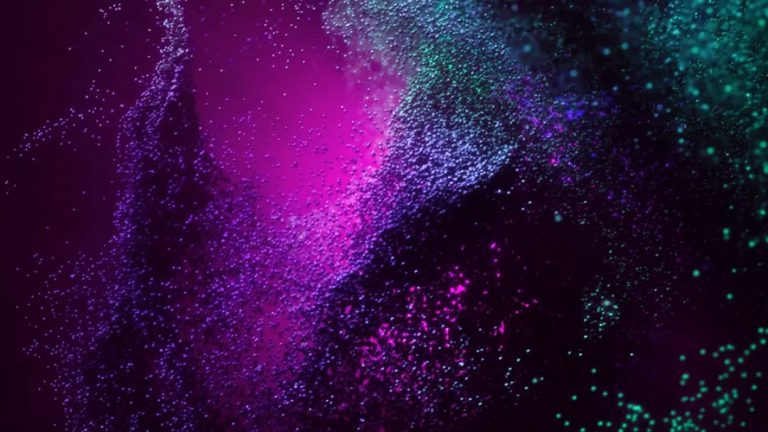Have you ever wondered, what if I accepted a job that was not directly related to my main job? But eventually, that would end up being the best job. That’s exactly what happened to me when I took a short-term project in the field of Virtual Reality. Before that, I was reading books and articles about VR for years, and translating some of them into Parsi, but working in this field is a completely different story.
I have worked as a 3d modeling and rendering artist since 1999, with some experience in game engines such as CryEngine, Unity, and Unreal Engine. However, I never had the chance to work on a VR project until almost three months ago. A working group called Recovery Tech contacted me and asked me if I could help them with their VR app named “VR Doctor”. They explained that their app was designed to help patients recover from various physical and mental conditions by using immersive VR scenarios. For example, they had a scenario for people who suffer from stroke where they could gradually regain the movement of their hands in a safe and controlled environment.
They said they needed someone to start working on the demo version of their app right away because they had a deadline to present it to potential investors and clients. Their time was limited, and I was nervous at the time, but I was also excited. This seemed like a great opportunity to learn something new and make a positive impact on people’s lives. So I accepted.
In this short-term project, my responsibility was to edit the functionality of some assets for better user experiences, and in the end, optimize and prepare it to port to Oculus Quest 1. Since the app was built to run on Windows environments with Unreal Engine originally, the first task was to change some of the game objects in a way that can be supported by Oculus Quest 1. This involved reducing the polygon count of some models, adjusting the texture resolution and compression settings, modifying the shaders and materials to be compatible with mobile VR platforms, and optimizing the performance by using occlusion culling and level streaming techniques.
Editing Lightmaps was another important task because they affected the lighting quality and realism of the VR scenes. I had to bake new Lightmaps for each scenario using Unreal Engine’s Lightmass system and tweak the settings to achieve a balance between quality and performance. Changing the lighting also required me to adjust the exposure, color grading, and other post-processing effects to achieve a more desirable effect.
Another challenge was to make sure that the user interface elements were clear and intuitive for VR users. I had to resize and reposition some buttons and texts so that they were within the user’s field of view and comfortable reading distance. I also had to add some feedback sounds and animations when the user interacted with them. Additionally, I added a start button at the beginning of each scenario and an exit button at any time so that the user could easily control their VR experience.
Finally, I realized that by violating my professional boundaries new doors may open for me!
If you have any questions or comments, feel free to contact me or leave them in the comments section below.

